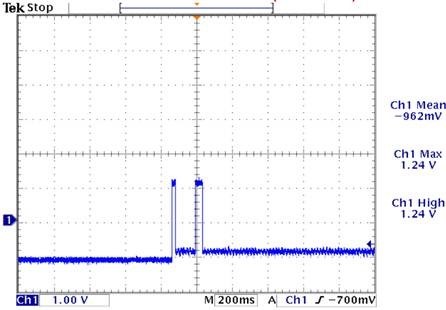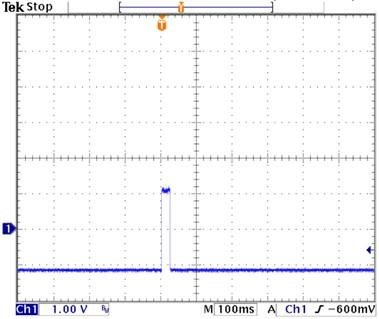Other Parts Discussed in Thread: AFE3010
Hi,
My customer is using AFE3010 for the thermoStats application. They have the AFE3010 EVM to do the validation which works fine. However, they will need to change to the DC application, which is to use DC relay(5V).
here is the datasheet for the relay.
DC relay(5V): GC 16A 2020 V2.0.0.pdf
May I have your support to base on the AFE301 EVM to give the recommendation on the parts that need to be changed in order to work with DC relay (5V)? Thanks.



